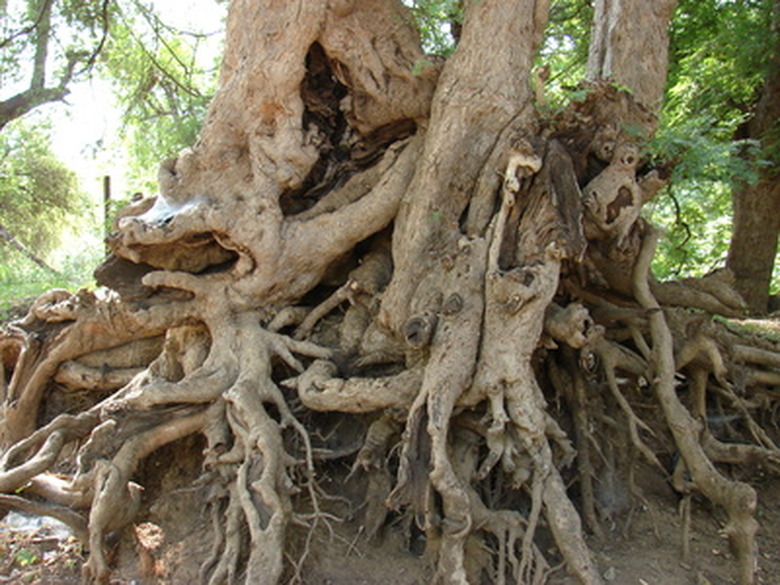How To Fix Root Rot
Root rot is a disease caused by fungus. Rotting of the roots keeps the plant from absorbing water and nutrients from the soil. This fungal attack is one of the most serious diseases any plant can be infected with. The early stages cause wilting of the plants leaves and discoloration. In many cases, the plant will die if measures are not taken to contain the infection. Prevention is key with root rot–once the symptoms appear, it is often too late, but there is a chance to save the plant.
Step 1
Free the plant from the dirt, making sure not to damage the roots. Check the root system for excessive damage. If the roots look strong, you may pot the plant again.
- Root rot is a disease caused by fungus.
- Prevention is key with root rot–once the symptoms appear, it is often too late, but there is a chance to save the plant.
Step 2
Cut off excessively damaged roots, leaving healthy ones in place. This will keep the fungus from spreading further to the foliage.
Step 3
Wash the old soil off of the root system to remove fungus.
Step 4
Soak your old pot with a 10 percent bleach-and-water solution (1 part bleach to 9 parts water) for 30 minutes, then rinse.
Step 5
Place new soil into the disinfected pot and soak the soil with thiophanate-methyl, the fungicide. This will prevent spread of the fungus from the roots into the soil and kill existing spores.
Step 6
Place the plant in the soil, making sure to cover the root system properly. Water the soil lightly and ensure there is enough drainage.
- Cut off excessively damaged roots, leaving healthy ones in place.
- Wash the old soil off of the root system to remove fungus.
Gardening Tips For Root Rot
Root rot comes from fungi in contaminated soil. Sometimes leaves and stems become water soaked as well. Stems also develop unsightly black spots. Infected roots soften, become mush, break easily and turn brown. Prune the dead roots and move the plant to disease-free pasteurized soil. If the root rot is extensive, it is too late. Do not compost them, as the fungus will travel through the compost back into soil. Some horticulturists suggest air layering to help save infected plants. This method uses the stem to grow new roots so you can discard the old plant.
- Root rot comes from fungi in contaminated soil.
- This method uses the stem to grow new roots so you can discard the old plant.
Things Needed
- Bleach
- Water
- Soil
- Scissors
- Thiophanate-methyl
Tip
Do not overwater the plant once potted as this may cause spores to multiply if still present in the soil.
References
- UMN: Root rot of houseplants
- Alabama Cooperative Extension: Phytophthora Root Rot on Woody Ornamentals
- University of California, Integrated Pest Management Online: Pests in Gardens and Landscapes: Root, Stem, and Crown Rots
- University of California, Integrated Pest Management Online: UC Pest Management Guidelines: Avocado Root Rot (Phytophthora Root Rot)
- University of California, Integrated Pest Management Online: Pests in Gardens and Landscapes: Collar, Foot, Root, and Crown Rots — Phytophthora Spp.
- University of California, Integrated Pest Management Online: Pests in Gardens and Landscapes: Trees and Shrubs not Reported to be Susceptible to Phytophthora Cinnamomi
- Texas Agricultural Extension Service: Vegetable Rotations, Successions and Intercropping
